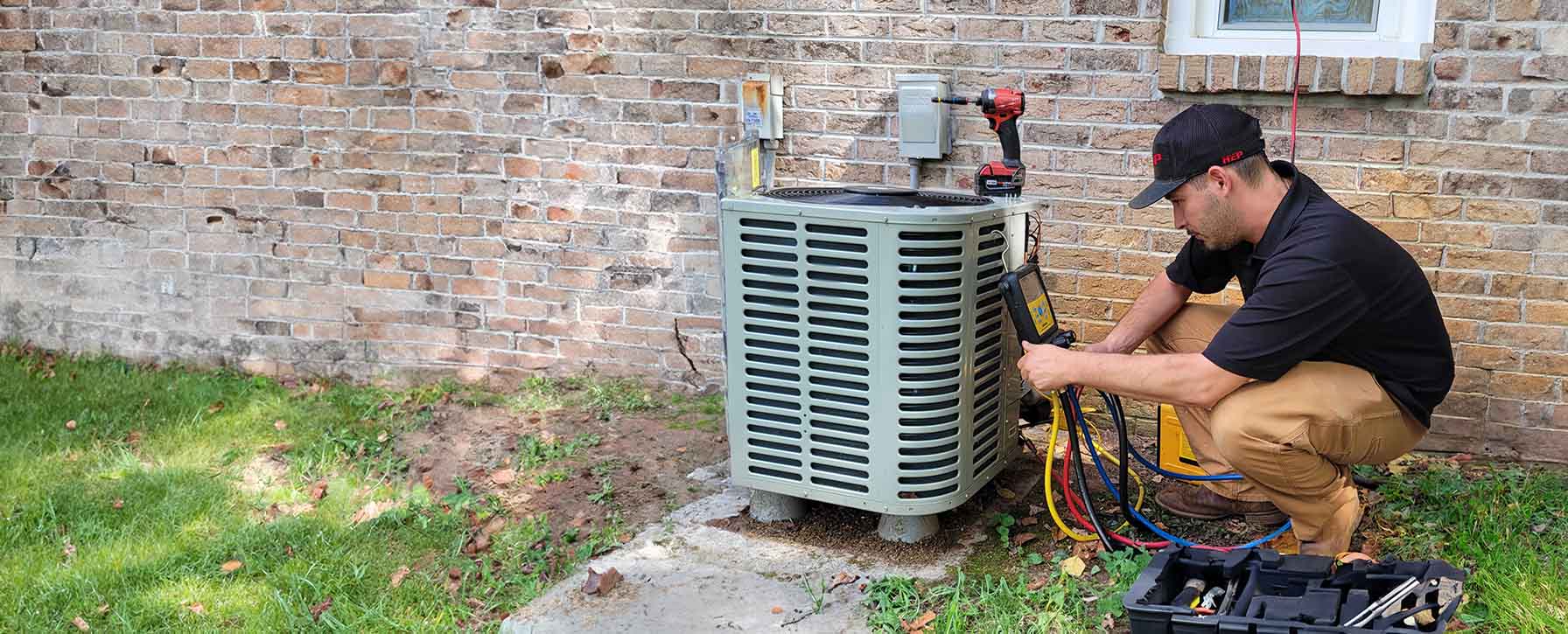

Energy Efficiency
Your trusted partner for professional home services. Quality workmanship, guaranteed satisfaction.




- HEP
- Energy Efficiency
Energy Efficiency | Heating and Air Conditioning | Helenwood
Nestled in the rolling hills of Helenwood, HEP helps you stay perfectly cozy without letting energy costs climb sky-high. Our certified technicians fine-tune every component of your heating and air conditioning system, pairing smart diagnostics with high-efficiency equipment that keeps your home comfortable through humid summers and crisp mountain winters—while shrinking your utility bills and carbon footprint.
From seamless system upgrades and eco-friendly heat pumps to precision airflow balancing and duct sealing, we handle it all with hometown care and industry-leading know-how. Count on fast scheduling, transparent pricing, and guidance on rebates and tax incentives, so you can invest confidently in comfort that pays you back season after season. Discover how effortless energy efficiency can be with HEP by your side.
FAQs
Why is energy-efficient heating and cooling so important for Helenwood homes?
Helenwood experiences warm, humid summers and cool winters, which can drive up energy bills if HVAC systems are outdated or oversized. Energy-efficient equipment lowers monthly utility costs, maintains more stable indoor comfort, and reduces wear on components, meaning fewer repairs. Because Helenwood is part of the TVA (Tennessee Valley Authority) service area, efficiency upgrades can also qualify for local rebates and low-interest financing, further improving the return on investment.
What HVAC upgrades provide the biggest efficiency gains in our area?
High-efficiency heat pumps (including dual-fuel or cold-climate models), variable-speed air conditioners, and furnaces rated 95% AFUE or higher deliver the most immediate savings. Smart, Wi-Fi thermostats optimize runtimes based on your schedule, while proper duct sealing and adding R-38 to R-49 attic insulation prevent conditioned air from escaping. Combining equipment upgrades with a whole-home energy audit can boost overall HVAC efficiency by 20–40% in a typical Helenwood residence.
How can I tell if it’s time to replace rather than repair my current system?
Consider replacement when your unit is 10–15 years old, experiences frequent breakdowns, or when repair quotes exceed 30% of the cost of new ENERGY STAR® equipment. Rising energy bills, uneven temperatures, or excessive noise are signs the system is losing efficiency. A load calculation (Manual J) performed by a licensed contractor will confirm whether a new, right-sized unit could cut operating costs enough to justify the investment.
Are there rebates or tax credits for installing energy-efficient HVAC systems in Helenwood?
Yes. The federal Energy Efficient Home Improvement Credit provides up to 30% of equipment and installation costs (annual cap $2,000 for heat pumps, furnaces, and ACs). TVA’s EnergyRight program and participating local utilities frequently offer $150–$750 per system for qualifying high-efficiency heat pumps or central air units. Always keep itemized receipts and submit rebate forms within the specified window—usually 60–90 days after installation.
What maintenance steps keep my high-efficiency system performing at peak levels?
1) Replace or wash air filters every 30–60 days during peak seasons. 2) Schedule professional tune-ups each spring and fall to clean coils, calibrate controls, and verify refrigerant charge. 3) Keep outdoor condenser units clear of leaves and debris, maintaining at least 2 feet of airflow clearance. 4) Inspect and seal ductwork every 3–5 years. These simple tasks can preserve up to 15% of a system’s rated efficiency.
How does proper sizing affect energy efficiency and comfort?
An oversized unit short-cycles, creating temperature swings, poor humidity control, and higher electric bills, while an undersized unit runs constantly without reaching setpoints. Helenwood’s mild winter design temperature and humid summers make accurate Manual J load calculations essential. A properly sized, variable-speed system will operate longer at lower speeds, ensuring even temperatures, quieter operation, and maximum energy savings.